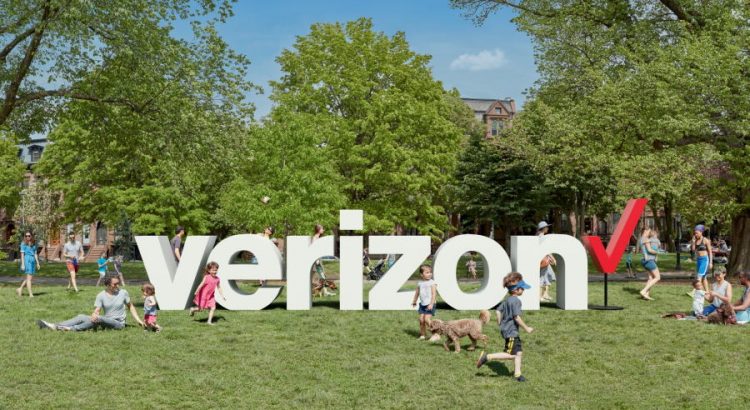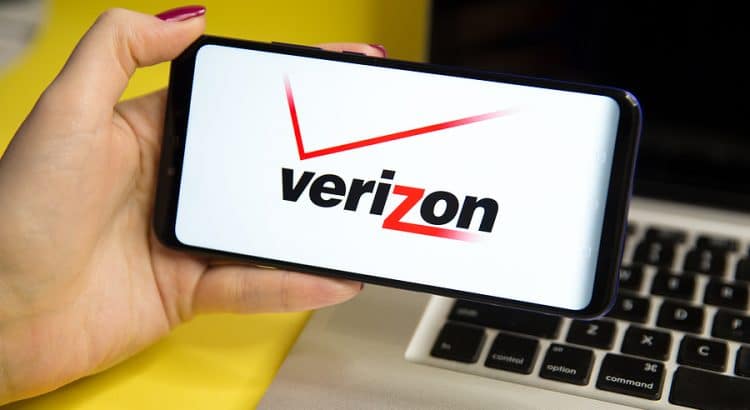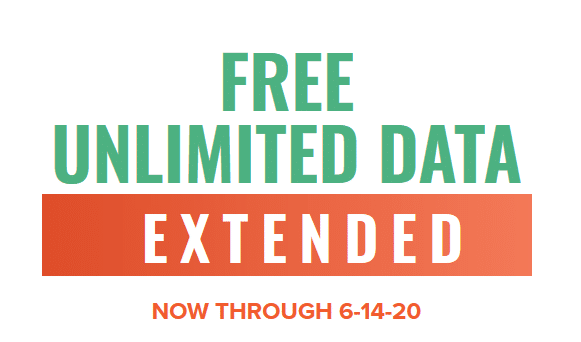For a few years, it’s been common for cell carriers to label phone plans as “unlimited” while capping the amount of full-speed data subscribers can use each month. On these “unlimited” plans, subscribers that run out of full-speed data are often throttled to a maximum speed of 128kbps (sometimes called “2G speeds”).
I’ve been critical of carriers calling these plans unlimited. In a pedantic sense, it’s not true. If a service imposes throttling after a certain number of gigabytes of data use, there’s an absolute limit on the amount of data that can be used each month. More importantly, “unlimited” plans that throttle to 2G speeds don’t allow subscribers to use the internet in a roughly normal way once they run out of full-speed data. 128kbps is extremely sluggish for many activities. A lot of web pages won’t just load slowly but will time out and fail to load altogether. Video streaming, even at 240p (a low resolution), won’t work.
Fortunately, the cellular industry seems to be moving towards less aggressive throttling on unlimited plans. Here are a few example of carriers’ throttling policies for heavy users:
- Boost: 500kbps
- US Mobile: 1Mbps
- Google Fi: 256kbps
- Xfinity Mobile: 1.5Mbps download (750kbps upload)
Google Fi’s 256kbps throttle has been around for a while. It’s still too aggressive to allow for what I’d consider more-or-less normal internet surfing, but it’s still a huge improvement over the 128kbps standard. Xfinity Mobile’s 1.5Mbps cap isn’t bad at all. While downloading huge files or streaming 4K video won’t be pleasant, speeds will be passable for most things people use their phones for.
I’m pretty sure both US Mobile and Boost came out with their current throttling policies in 2021. I wonder if we’ll see more carriers move beyond 128kbps throttles in 2022.













